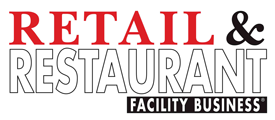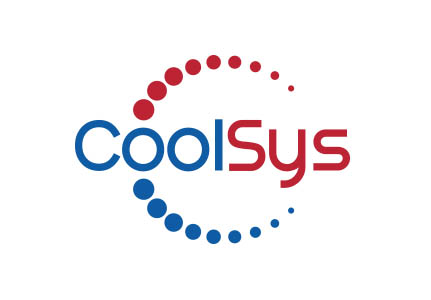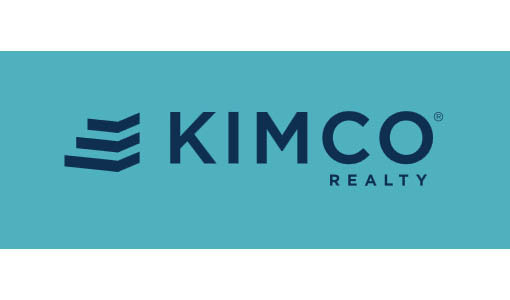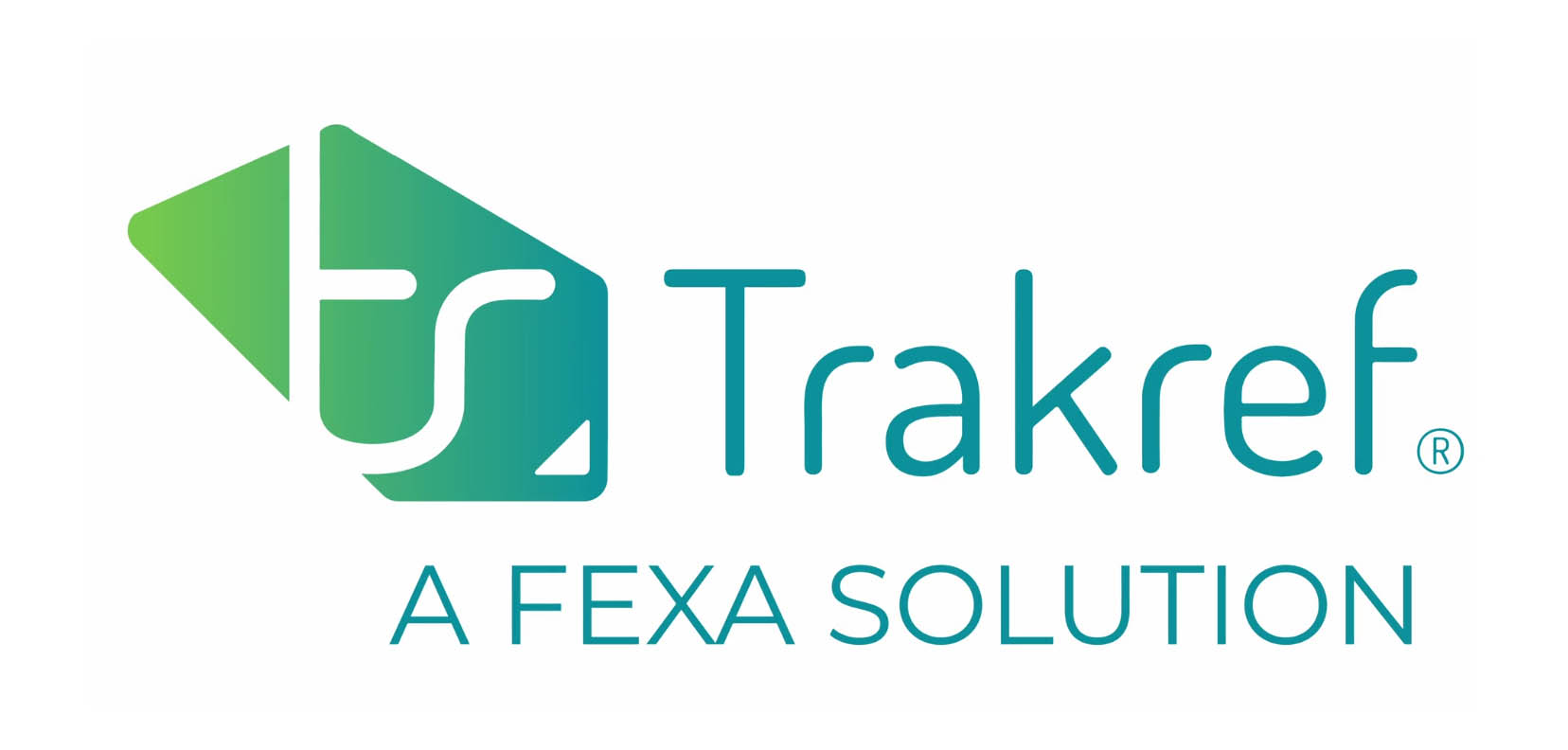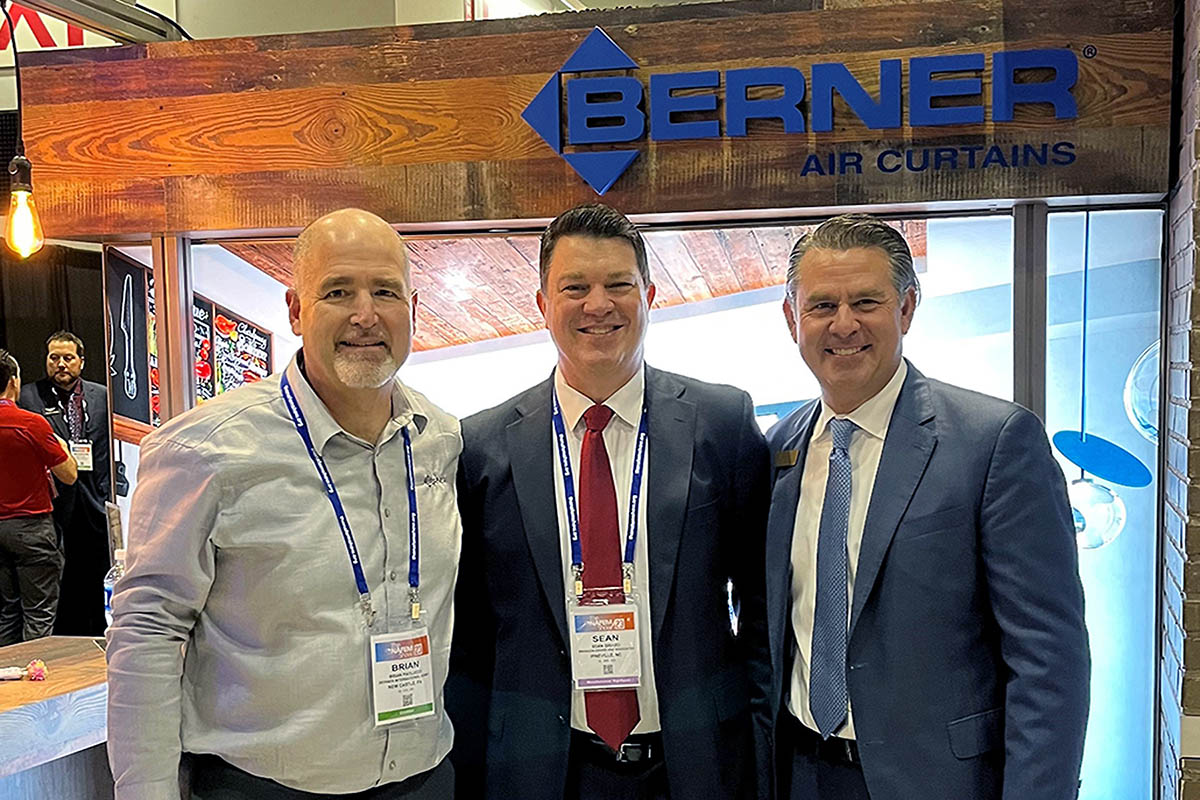Philadelphia — NEST, a pioneer of integrated facilities management, has released its inaugural Social Responsibility Report, highlighting the company’s environmental stewardship, social programming, diversity, equity, inclusion and ethics. The report revealed new impactful programs, including “Trees for ISPs,” where NEST plants a tree for select work completed through its network of 26,000 Independent Service Providers (ISPs). “We recognize that our work at NEST impacts thousands of companies, employees and the environment,” says Rob Almond, CEO of NEST. “We believe that true success means making a positive impact through every facet …
HVAC/R
Brea, Calif. — CoolSys™, a market-leading nationwide provider of sustainable refrigeration, HVAC, energy and engineering solutions, has acquired Lima Company, a blended service provider of commercial and industrial HVAC, refrigeration, plumbing and energy services throughout eastern Pennsylvania, Delaware, Maryland and New Jersey. Through this acquisition, CoolSys expands its mission-critical offerings and strengthens its market presence in the Mid-Atlantic region. “We’re excited to have Lima Company join the CoolSys family of companies,” says Rick Frier, chairman and CEO interim at CoolSys. “A proven market leader, Lima Company and its management team …
— By Josh Agosto — Why HVAC/R maintenance is essential to optimize efficiency, protect ROI and mitigate costs. Many businesses only call a contractor when their HVAC/R (heating, ventilation, air conditioning and refrigeration) systems aren’t functioning properly, despite these units requiring routine maintenance and occasional repairs. Neglected HVAC/R equipment not only increases unnecessary energy consumption but significantly heightens the risk of fires and gas leaks. By understanding why routine maintenance of HVAC/R units is a leading best practice, one can ensure optimal efficiency, protect the organization’s investment, and avoid costly …
Kimco Realty® Publishes 2022 Corporate Responsibility Report
Jericho, N.Y. — Kimco Realty®, North America’s largest publicly traded owner and operator of open-air, grocery-anchored shopping centers and a growing portfolio of mixed-use assets, has published its 2022 Corporate Responsibility Report. The report highlights the company’s progress in addressing environmental, social and governance (ESG) topics, which have been a focus for Kimco and its stakeholders for over a decade. “We remain dedicated to our focus on ESG, acknowledging its inherent connection to the maximization of long term stakeholder value,” says Conor Flynn, CEO of Kimco. “Our 2022 achievements reflect …
— By Mark Danzenbaker — Smarter retail facilities for lower energy costs. Decarbonization. Net zero. ESG. These terms, as part of corporate sustainability efforts, have garnered incredible momentum over the last year. With major climate policy and legislation, a renewed focus on the clean energy transition, growing concern for an overloaded power grid and aggressive goals to reduce environmental impact, one thing is for sure: climate impacts and sustainability are top of mind for every industry. For retail and restaurant facility owners and operators, the negative effects …
New York City — Fexa, a highly configurable facilities management enterprise SaaS platform, has acquired Trakref to deliver on its mission of helping facilities and operations teams leverage technology to drive better business outcomes. The combined company will continue to make its unique products and services available independently to customers and partners across the grocery, healthcare, financial services, data center, real estate and food services industries as they rapidly innovate to deliver new, integrated capabilities. Fexa and Trakref will continue to value and pursue extensibility with other systems, platforms and …
Orlando, Fla. — Berner International LLC, a New Castle, Pa.-based manufacturer and innovator of air curtains, has honored foodservice manufacturer’s representative Swanson-Girard Associates (SGA), based in Pineville, N.C, with its Presidential Gold Award for Outstanding Sales Achievement–2021-2022. Brian Paolucci, sales manager with Berner International, presented the award to SGA principals Paul Swanson and Sean Girard at the North American Food Service Equipment Manufacturers (NAFEM) Show 2023 on Feb. 1 in Orlando, Fla. Other honored award winners were: Presidential Silver: Preferred Marketing Group, based in Chatsworth, Calif. Presidential Bronze: LMS Associates, …
— By Hara J. Prager and Tom Coble — Whose leak is it anyway? HVAC provider or roofer? Imagine — it is a beautiful spring day; the air is cool and crisp, the sun is bright, with the promise of summer days near. You’re enjoying your first day off after the holiday rush. At least now, with the ice of winter behind you, you won’t be facing water leaks…right? Think again! On this beautiful 50-degree morning, as you’re enjoying a stroll, you get a panicked call from …
— By Kevin Piel and Joe McMenamin — Choosing the best insulated-panel system is paramount in ensuring optimal climate-controlled operation in many different applications. The days when grocery shopping was solely an in-person, on-site event that involved the maneuvering of a shopping cart (wobbly wheel optional) through a maze of aisles featuring shelves stocked with a wide array of goods have come to an end. Technological advances had already begun to make grocery shopping from home much more accessible and appealing in recent years. Then came March 2020. The …
— By Jason Narod — Why it pays for your retail and restaurant facilities to be grid-interactive. Rising costs, energy mandates, electrification trends and more prevalent power disruptions — as seen recently in California and Texas — are all trends putting the energy transition at the forefront of business stakeholder priorities. More energy demand due to mass electrification collides with needs to decarbonize existing buildings as much as possible. Commercial businesses will be disproportionately burdened by the costs and forced to adapt to these quickly changing trends …
